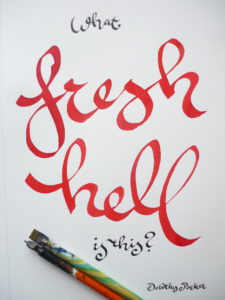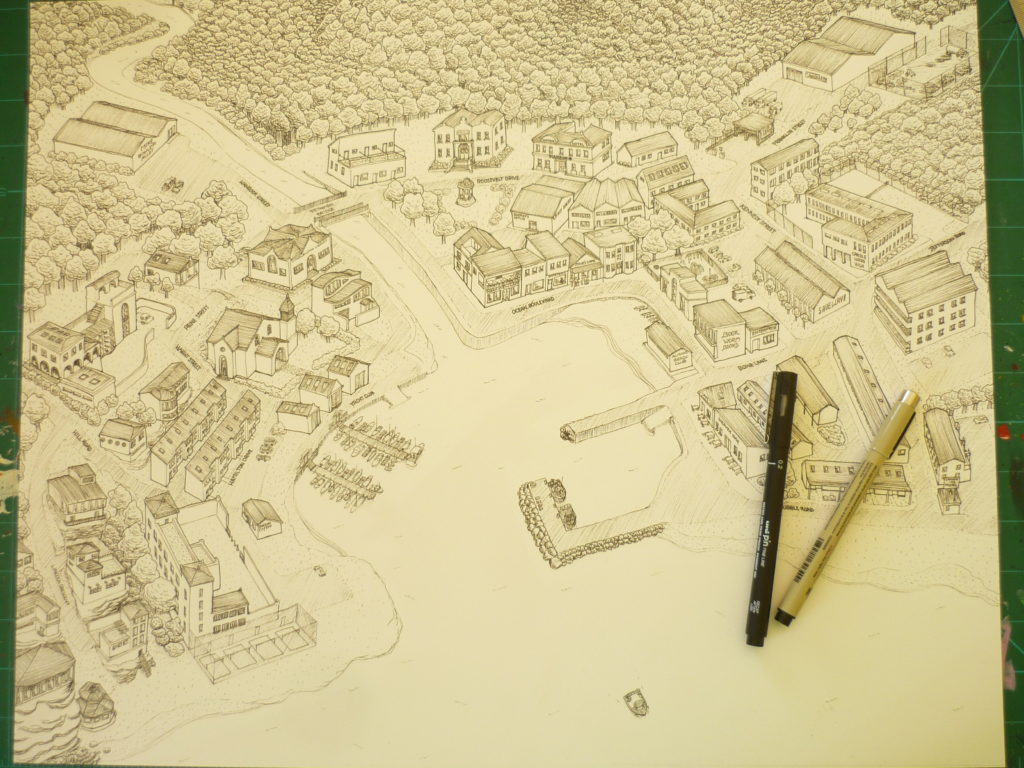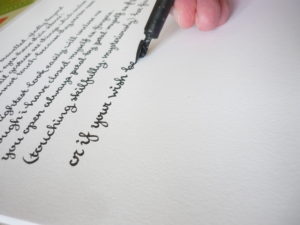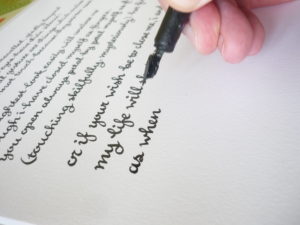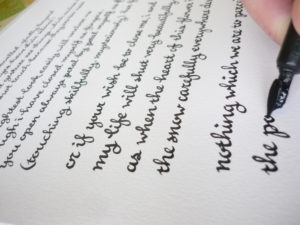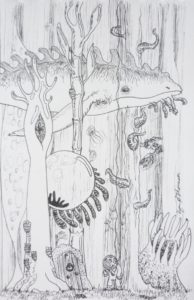So it was my local neighbourhood art college degree show last week, and amongst the usual suspects were the good, the bad and the eye-burstingly beautiful. I’ve picked the dozen artists who most caught my eye, so here we go:
Isla Valentine Wade was my real stand-out, using playful and experimental techniques to make enormous, fascinating, expressionist art in confident colours. A joy to find.
Zoe Webster is one of a set of this years’ artists looking closely at Scottish geography, in this case how it interacts and intersects with the people living around it. Great linework, and powerful use of charcoal.
Camassia Bruce is another artist looking at her environment, in this case the cross-over between OS maps and the terrain they cover. Her exhibition space was mocked up in the style of a study office, so that her work was presented as working maps to be consulted and studied rather than as art.
Heather McNab is the third wandering artist, creating art based on time spent at mountain-tops, and conveying the physicality of these locations.
Lara Orman, by contrast, makes what seem like abstract landscapes, based on unpopulated or unused spaces.
Lisa Healey used the process of printmaking to explore mental health issues, most notably using objects meant for repeated use to make repetitive marks. Art as, and about, therapy and self-help – one of the most powerful exhibitors this year.
Emma Claire Fallon creates deconstructed portraits and huge crowds of tiny stick people, asking what we see in crowded spaces.
Johanna Tonner made wonderfully cross-pollinated art, combining a flurry of techniques to examine femininity and mental health by way of photography, printmaking and soft sculpture.
Amy Tong made wonderful multi-layered illustrations drawing on East Asian pop culture.
Michael Doherty had a series of beautifully observed, well-coloured oil portraits, while the last of my dozen, Zen O’Conor created glowing, genuinely inner-lit skin tones in portraits and surreal pieces that owe more than a little to Dali and Lovecraft.
Honourable mentions: Li Huang‘s painted hands, Tina Scopa‘s giant plant art, and Jo Hanning‘s self-referential sculpture-paintings, some of which involved painting her own degree show as it happened on the opening night. How that turned out in practice is something I wish I’d seen.
